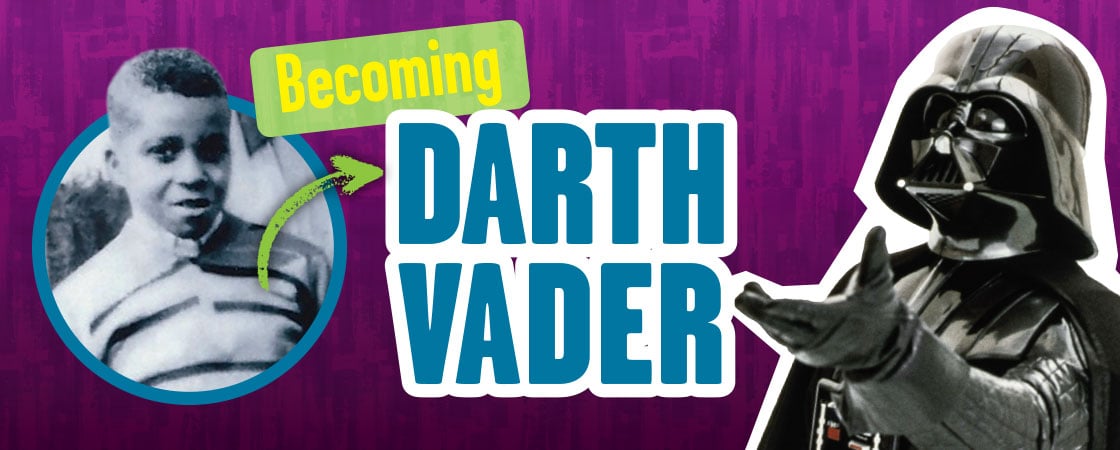James Earl Jones Collection
James Earl Jones as a boy.
The wind howled and icy snowflakes whipped and whirled through the air as 10-year-old James Earl Jones raced through mountains of snow.
It was 1941, and a fierce blizzard was raging across western Michigan. Back at home, James Earl’s uncle Randy had collapsed, dangerously ill. James Earl had been sent out into the storm to get help.
Finally, he reached the local store and burst through the door. “Call a doctor!” he wanted to shout to the store owner.
But the words felt stuck in his throat.
James Earl had a speech disorder called stuttering, which made it difficult for him to speak in a smooth and flowing way. Worried that others would make fun of him, he rarely spoke at all.
But now, he had to break his silence. Uncle Randy’s life depended on it.

